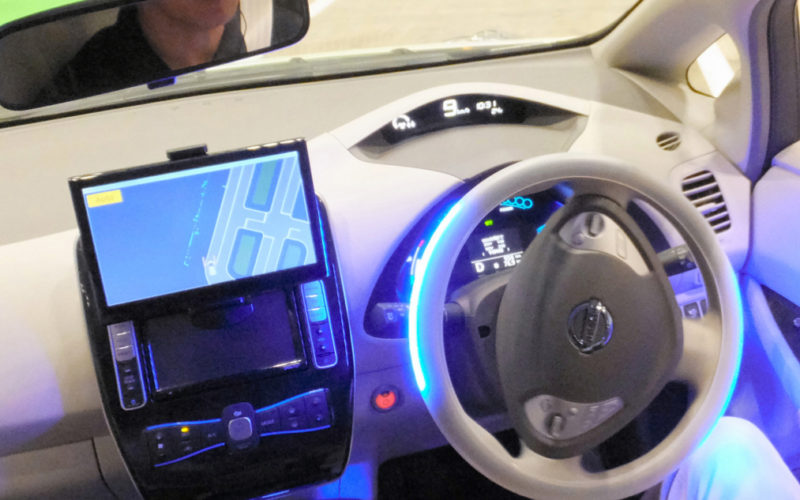
The future of automotive industry has become a mainstream news topic. There have been numerous studies, articles, and white papers written covering this topic and certainly more to come. Unfortunately, the quality of these efforts ranges from very good to pure self-serving click bait. I want to help amplify those studies that I feel are timely, well done, and from respected sources. Here is the first of such.
This is a report from PWC covering autonomous vehicles, in-car technologies, car sharing, and ride sharing. What I especially like about this report is that they have focused on these topics through the filter of consumer perception, which I believe is spot on as this view will ultimately drive or hinder success and advancement.
The study addresses questions such as:
They go on to address these across the four topics:
Select key findings:
It’s more about mindset rather than demographics: Often when it comes to technology adoption, the message is straightforward: the younger the consumer, the more apt they are to be interested. That’s not entirely true in this case. In auto tech, consumers who are closer to the middle of the age spectrum (Gen X, ages 35–49 and Gen Y, ages 21–34) are most likely to be interested. The youngest consumers we surveyed, Gen Z (ages 16–20), and the oldest, Baby Boomers (age 50 and older), generally had less interest in auto tech.
Ride sharing is well on the way to becoming a mainstream service among consumers from nearly all walks of life. More consumers are interested in ride sharing than have so far adopted it, indicating significant near-term growth potential.
Car sharing may face the greatest hurdles for broad-based adoption. Car sharing appears to be more a substitute for renting a car or taking public transportation than it is for owning a car. The idea of not owning a car appears untenable for many. The findings indicate that a “personal autonomous vehicle” may currently be a consumer’s preferred transportation solution.
Ride sharing may be a means of introducing autonomous vehicles to the public, as players like Uber have started allowing customers to experience and become comfortable with this new concept.
The study sample was derived from a broad set of inputs, including qualitative sessions, a quantitative survey of over 1500 consumers, social listening across the U.S., and interviews with industry experts.
______
PWC Report 2016
Driving the Future: Understanding the New Automotive Consumer
A closer look at autonomous vehicles, in car technologies, car sharing and ride sharing.